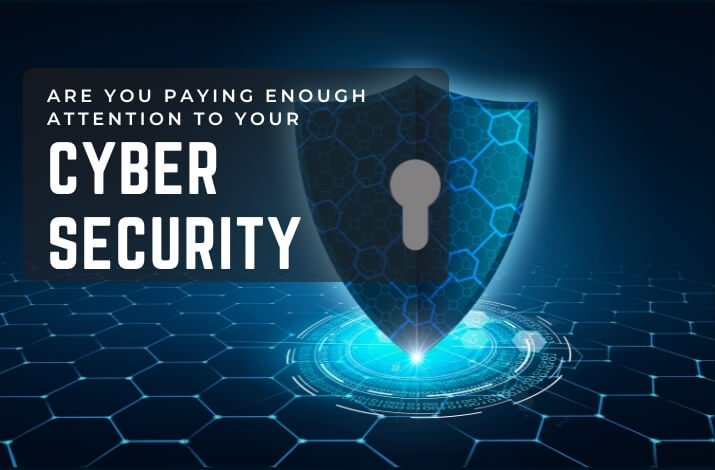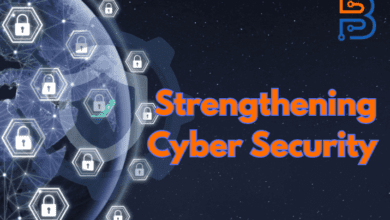Man-in-the-Middle (MITM) Attack – Definition & Prevention Tips

Cyber threats are everywhere in this digital era. Attackers can use multiple security threats to capitalize on insecure applications, like malware, viruses, and trojans. Among these threats, one of the most prevalent threats that often gets overlooked is the manipulator-in-the-middle (previously referred to as ‘man-in-the-middle’) attack. In this cyber attack, hackers secretly stop and control data being exchanged between victims. The secret approach of MITM attacks renders them incredibly challenging to identify, possibly uncovering organizations’ vulnerabilities without their awareness. This article will describe the Man-in-the-Middle (MITM) attack and highlight the essential tips to prevent this attack.
Man-in-the-Middle (MITM) Attack- An Overview
A man-in-the-middle (MITM) attack occurs when an attacker secretly stops and forwards messages between two parties under the impression that they are communicating directly. This cyber attack involves bugging, where the attacker cuts off and takes control of the entire conversation. This enables the attacker to stop communication, listen, and alter the content exchanged between parties. MITM attacks are highly concerning for online security as they empower attackers to seize and manipulate sensitive personal data like login credentials, account information, or credit card numbers in real-time. Here are the key characteristics of MITM attacks:
- Real-Time Interception
- Exploiting Vulnerabilities
- Separate Information Streams
Read Also: Are You Paying Enough Attention to Your Cyber Security?
Tips to Prevent Man-in-the-Middle Attacks
The concern of Man-in-the-Middle (MITM) attacks might caution you from utilizing public Wi-Fi. This caution is entirely reasonable, especially if you plan on engaging in activities that involve sensitive information, like accessing your work email or online banking. In such scenarios, opting for your mobile data is advisable. You can secure your phone as a wireless hotspot using your laptop. However, implement proper security measures to restrict access to the network solely to yourself. In case mobile data isn’t feasible, here are some additional precautions you can take to safeguard yourself when using public Wi-Fi:
- Use Secure Connections
- Endpoint Security
- Virtual Private Network Encryption
- Multi-Factor Authentication
- Awareness and Training

1- Use Secure Connections
A secure internet connection is your first line of defense against attackers. For this purpose, exclusively browse websites with a secure HTTP connection enabled with SSL (Secure Socket Layer) technology. This added SSL security helps thwart Man-in-the-Middle (MITM) attacks. These secure sites are easily recognizable by their URLs beginning with “https://” instead of “http://”. Most browsers display a padlock icon to mark a secure connection in the URL field. It’s worth noting that HTTPS URLs typically utilize port 443, in contrast to the default port 80 used by unsecured sites. However, more than purely sticking to secure websites is required. It’s imperative to avoid utilizing unsecured public Wi-Fi networks. These networks lack proper security measures, making them open to misuse by cybercriminals who could intercept your data while you browse.
2- Endpoint Security
Despite your exacting efforts, you or your team may still be vulnerable to Man-in-the-Middle (MitM) attacks. When combined with malware, these attacks can gain unbound access to your device or IT network. Utilize strong endpoint security software to shield against such threats. Leading security solutions like Kaspersky Endpoint Security proactively scan potentially hazardous websites and emails to reduce the risk of falling prey to cyberattacks. If your device or network falls victim to malware, this software negotiates to provide a defense. A vulnerable encryption method can force attackers to enter a network and forcefully start man-in-the-middle attacks. The stronger the encryption is, the safer the network becomes.
Read Also: How Static Residential IP Can Benefit Your Business and Online Activities
3-Virtual Private Network Encryption
A secure VPN (virtual private network) is a top-notch method for maintaining network security. When you connect with a secure VPN, your data gets encrypted and shields it from potential threats like MITM attacks. Even if an unauthorized party breaches your network, the encrypted data acts as a barrier to preventing them from decoding your communications or tracking your online activities. Businesses must familiarize themselves with VPN setup procedures and equip their staff, especially those working remotely, with VPN software. When accessing public Wi-Fi networks, using a VPN adds an extra layer of security. Organizations should mandate that employees log into the company’s network via a secure corporate VPN.
4- Multi-Factor Authentication
If you fall victim to a Man-in-the-Middle (MITM) attack where a criminal accesses your login credentials through a fraudulent website, there’s still hope if you’ve enabled multi-factor authentication (MFA). MFA is an added layer of security where logging into your account requires more than just your username and password. This could be entering a PIN (personal identification number) or receiving a unique code via text on your mobile phone. Implementing MFA makes it significantly harder for unauthorized individuals to access your account, reducing the risk of successful MITM attacks. Using multiple verification forms beyond easily compromised login details frustrates criminals from gaining unauthorized access to your sensitive information or finances.
5- Awareness and Training
Criminals find organizations paying targets, and unaware employees can mistakenly provide access to these malicious actors. Educating incredibly remote staff members about the risks associated with MITM attacks is crucial. Inform them about best practices, like using a VPN before connecting to the internet, and advise against public Wi-Fi networks. Start a regular plan for educating and reminding your team about the latest cyber threats. By forwarding safe online habits among your staff, you reduce your business falling victim to cyberattacks. Here are some guidelines to help educate your employees:
- Emphasize the importance of never ignoring browser warnings indicating an unsecured connection.
- Stress the need to sign out of applications to prevent session hijacking.
- Encourage vigilance regarding the URLs they access.
Final Words
Modern organizations operate within a multifaceted environment characterized by heightened productivity and innovation alongside increased cybersecurity vulnerabilities, notably from Man-in-the-Middle (MITM) attacks. Fighting against these threats needs a multi-layered strategy. While strong encryption protocols are indispensable, they must be complemented by the defenses of network infrastructure using worldly tools, routine evaluations, and secure communication standards. In addition to technical measures, fostering a cybersecurity-conscious culture is imperative. Employees serve as the primary line of defense and require knowledge and resources to identify and counter threats effectively. Training sessions, simulated scenarios, and clear instructions for secure online conduct constitute vital elements of a holistic IT security framework, safeguarding financial and digital assets.






